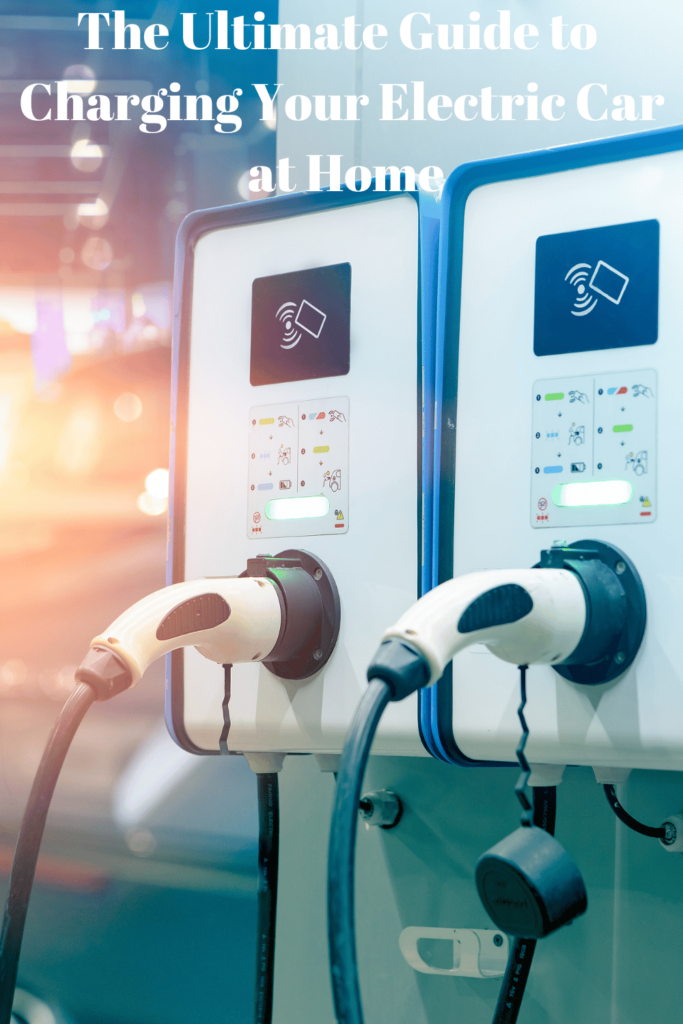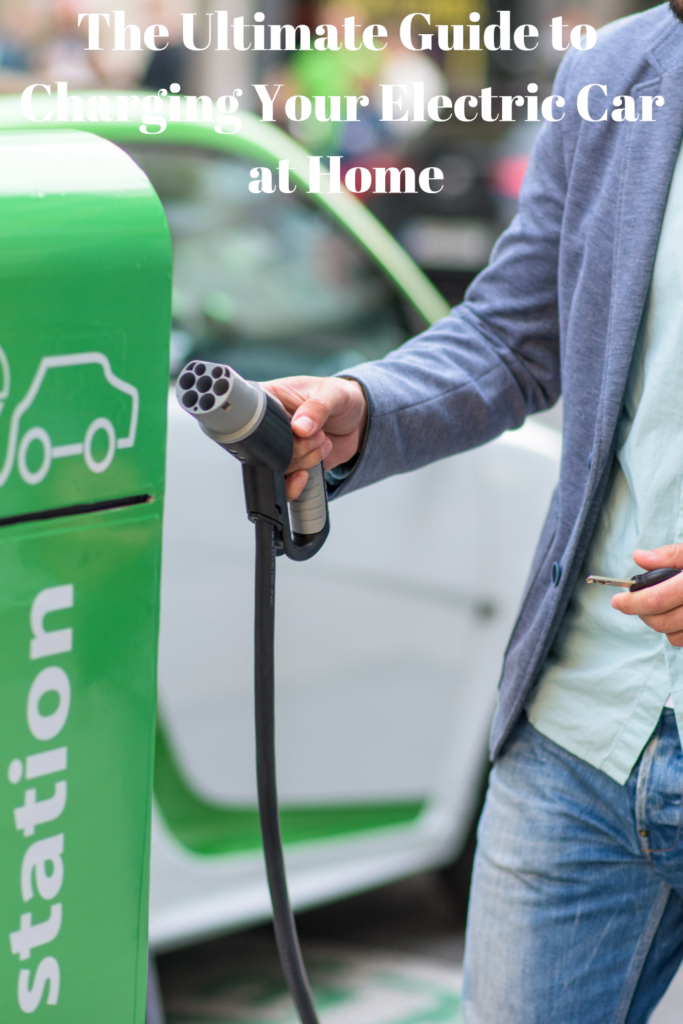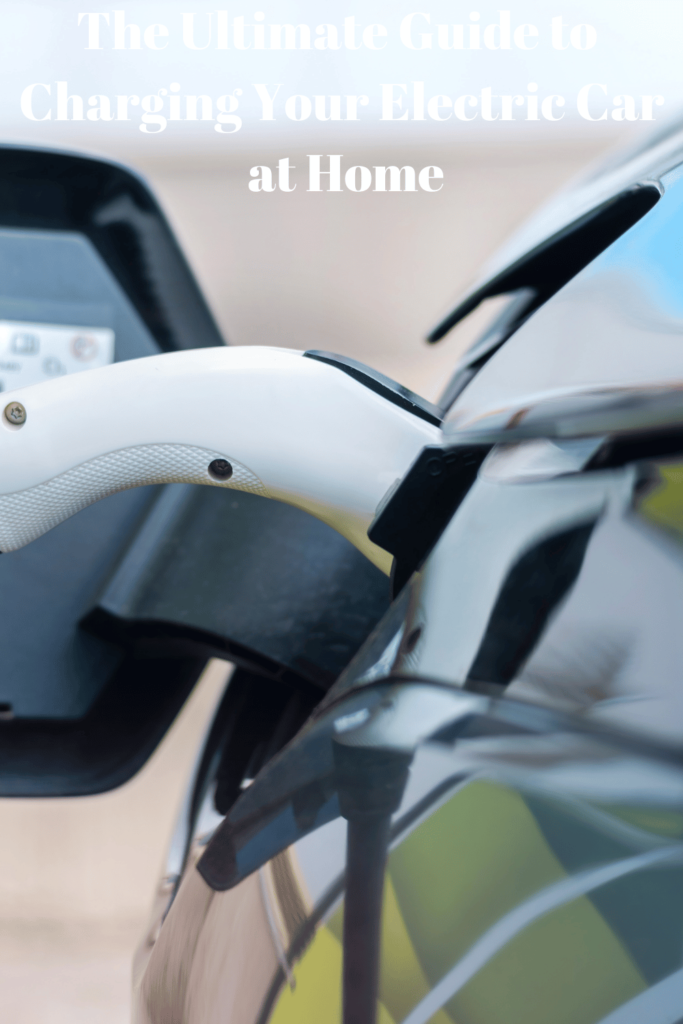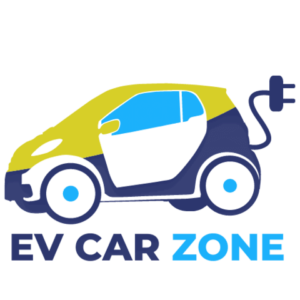Guide to Charging Your Electric Car at Home
As more and more people transition to electric vehicles (EVs), it’s important to understand the charging options available for residential use.
In this blog post, we will walk you through the step-by-step process of charging an electric car at home, covering Level 1, Level 2, and DC fast charging.

We’ll discuss the necessary equipment and infrastructure required for each option, weigh their benefits and drawbacks, and provide practical tips and safety precautions for a seamless and secure charging experience.
- Understanding Different Charging Options:
a. Level 1 Charging: This method utilizes a standard 120V electrical outlet found in most homes. It generally offers the slowest charging rate, typically adding around 3-5 miles of range per hour.
b. Level 2 Charging: Level 2 chargers require a dedicated 240V electrical circuit and offer a faster charging rate. They can add around 20-30 miles of range per hour, significantly reducing charging time compared to Level 1.
c. DC Fast Charging: Available in public charging stations and some residential setups, DC fast charging is the fastest option. It uses direct current to rapidly charge your EV, typically adding up to 80% of the battery’s capacity in just 30-45 minutes.

- Necessary Equipment and Infrastructure:
a. Level 1 Charging: To charge an electric car using a Level 1 charger, you only need your vehicle’s included charging cord and a standard 120V electrical outlet. No additional equipment or installation costs are required.
b. Level 2 Charging: To opt for Level 2 charging, you will need a dedicated 240V electrical circuit and a compatible Level 2 charging station. These charging stations can be mounted on a wall or installed as a standalone unit in your garage or driveway. The cost includes both the hardware and installation expenses, which can range from a few hundred to several thousand dollars.
c. DC Fast Charging: DC fast charging is typically not installed for residential use due to significant infrastructure requirements and high costs involved. However, if you have access to public fast-charging stations nearby, you may use a DC fast charger using the necessary adapters and cables.
- Considerations and Factors to Keep in Mind:
a. Electrical Capacity: Before installing a Level 2 charging station, it’s crucial to determine your home’s electrical capacity to ensure it can handle the additional load. Consulting an electrician can help gauge your electrical panel’s capability and make any necessary upgrades.
b. Installation Costs: Level 2 charging stations require professional installation for both electrical wiring and mounting. Comparing prices, assessing installation complexity, and obtaining multiple quotes can help you make a cost-effective decision.

c. Charging Speed: If you have a daily or regular commute that exceeds the range provided by Level 1 charging, investing in a Level 2 charger may be worthwhile. It significantly reduces charging time and ensures your vehicle is ready for use when needed.
- Practical Tips and Safety Precautions:
a. Professionals suggest using a dedicated electrical circuit for your EV charging station to avoid overloading other household appliances.
b. Consult a qualified electrician or an authorized EV dealer for installation recommendations and to ensure your electrical system is compatible with the charging equipment.
c. Avoid using extension cords or adapters to connect your electric vehicle charger, as they can increase the risk of overheating or electrical faults.
d. Regularly inspect your charging cable and plug for any signs of damage, wear and tear, or exposed wires. Replace them immediately if any defects are detected.
e. Follow manufacturer instructions for proper charging station usage, especially when it comes to safety features and programming charging times.
Conclusion:
Charging an electric car at home is a convenient and accessible option for EV owners, provided the appropriate charging infrastructure is in place.
By considering factors such as electrical capacity, installation costs, and charging speed, you can select the best option for your needs. Always prioritize safety by adhering to guidelines, consulting professionals, and performing regular maintenance checks.
With the right equipment and knowledge, you can enjoy efficient and secure home charging for your electric vehicle.
